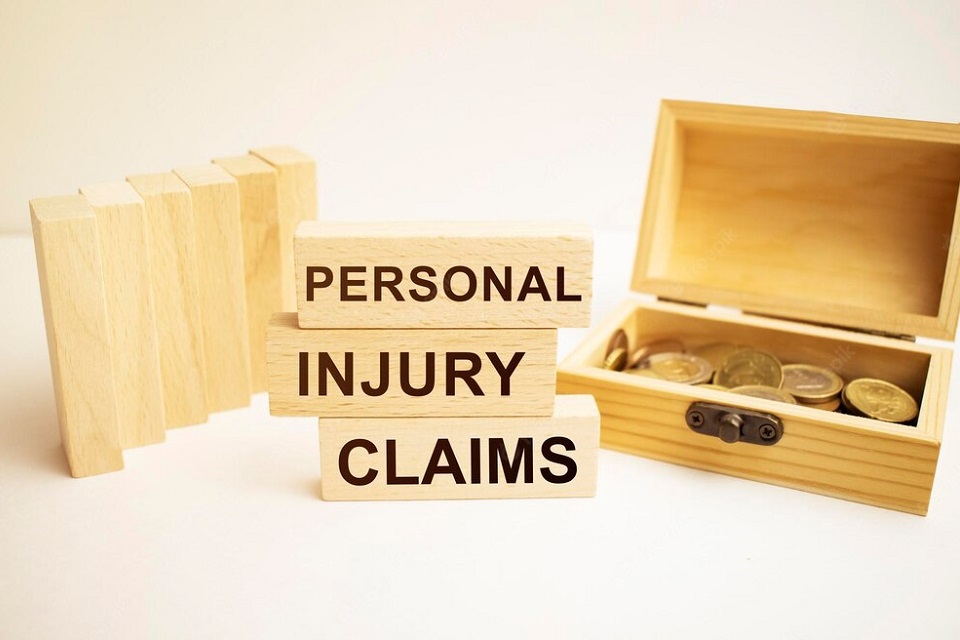Proving negligence is the core of every personal injury litigation. Causation is the next process whereby you need to show that the other party’s negligence resulted in your injuries. If you can prove that the party was fully responsible for your injuries, then it is time for you to ascertain the damages you seek to recover.
Determining your damages can be a complex process; hence, hiring a personal injury lawyer is essential to winning fair compensation for your damages. The damages you can reclaim in a personal injury claim are categorized into two main classes: compensatory and punitive damages. You must understand the differences between the two main classes of damages so you can determine the real worth of your personal injury claim.
This article discusses these two main classes to help you know the types of damages you can reclaim through a personal injury claim. If you are a victim or your loved one is affected in such cases, read on to understand how to navigate the process of claiming your damages.
Table of Contents
Compensatory Damages
Compensatory damages are calculated to pay the injured party for the losses incurred as a result of the accident or injury. These damages aim to make the victim “whole” again by providing financial reparation for various aspects of their life that have been negatively impacted. Compensatory damages are further categorized into the following sub-classes:
Economic Damages: These damages are created to cover the tangible financial losses incurred due to the injury. They include:
- Medical Expenses: This encompasses all medical bills (both past and future) related to the injury, including hospital stays, surgeries, rehabilitation, prescription medications, and assistive devices like wheelchairs or crutches.
- Lost Wages: If the injury hinders the victim from working or reduces earning capacity, they can claim compensation for lost revenues. This includes the income lost during recovery and potential future income that might be affected by the injury.
- Property Damage: If the accident caused damage to the victim’s property, such as their vehicle in a car accident, compensatory damages can cover the cost of repairs or replacement.
Non-Economic Damages: These damages address the intangible losses that a victim experiences. They can be more challenging to quantify, but they are equally important. Non-economic damages include:
- Pain and Suffering: This accounts for the physical pain, emotional distress, and mental anguish endured by the victim. Calculating these damages involves subjective factors and often requires the expertise of legal professionals.
- Loss of Enjoyment of Life: If the injury significantly impairs the victim’s ability to enjoy and engage in activities they once loved, they can seek compensation for this loss.
- Loss of Consortium: In some cases, family members of the injured party can claim damages for the loss of companionship, support, and services they would have otherwise received if the injury had not occurred.
Punitive Damages: An Overview
The other name for punitive damages is exemplary damages. These damages differ from other forms of compensation in the personal injury claim process. Unlike economic and non-economic damages (compensatory damages), created to cover up victims for their losses, punitive damages serve a different purpose: punishment and deterrence.
- Punishment: Punitive damages are given to punish the at-fault party for their egregious conduct. These damages are apportioned for cases where the defendant’s actions were reckless, intentional, or malicious. They aim to communicate that society will not tolerate such behavior.
- Deterrence: In addition to punishing the wrongdoer, punitive damages aim to inhibit others from engaging in similar behavior. When individuals or entities know they may face substantial financial penalties for their actions, they are less likely to act recklessly or negligently.
When Are Punitive Damages Awarded?
Punitive damages are not given in every personal injury case. They are typically reserved for situations where the defendant’s actions were reprehensible. Typical scenarios where punitive damages may be considered include:
- Intentional Misconduct: Cases involving intentional harm or malicious intent may qualify for punitive damages. For example, if an individual deliberately assaults someone and causes injury, punitive damages may be appropriate.
- Gross Negligence: If the defendant’s actions demonstrate willful negligence for the safety of others, punitive damages may be on the table. This often applies in cases involving intoxicated drivers or companies that knowingly sell dangerous products.
- Fraud and Deceit: Punitive damages may be sought when a defendant engages in fraudulent or deceptive practices that lead to personal injury. This can occur in medical malpractice, insurance fraud, or product liability cases.
The Purpose Of Punitive/Exemplary Damages In Personal Injury Cases
While punitive damages are not as commonly awarded as economic and non-economic damages, they play a crucial role in the civil justice system. They are a powerful tool to hold wrongdoers accountable for their actions and discourage future misconduct.
In conclusion, the array of damages available to a victim through a personal injury claim underscores the fundamental principle of justice: those who suffer harm due to another party’s negligence should be made whole to the fullest extent possible.



